Let’s continue with this article to speak about the numbers resulting from our tests, following the introduction that you can read here: Return Pumps: tests and real measurements compared, and the test done with Eheim pumps: Eheim pumps 1048, 1250 and 1260: The Total Comparative Test now we begin analyzing the smallest Sicce pumps: the Sicce Syncra Silent 0,5, 1.0 and 1.5.
Sicce Syncra Silent 0.5
The technical characteristics of which are:
- Pump Output: 700 l/h
- Delivery Head: 1,2 m
- Power Consumption: 8 w
- Dimensions: 90x48x72 mm
here with all pieces that compose it
Certainly it is not definitely suitable for use as a return pump in any aquarium given the low delivery head, but it’s worth a test, also to compare it with all other small pumps.
Our test began literally in my garage, where we tested all pumps we have received, not only this, in a single session.
Delivery Head Test
The first test we did was to measure the delivery head. The test is very simple to accomplish. We dropped the pump into a bucket full of water, we connected the pump to a garden hose plastic held vertically, and we measured the height reached by the water column from the ground. We then removed the height of water in the bucket, given that the delivery head is the distance between the two levels of water.
Let me point out that, contrary to what one might think, the level in the pipe was not fixed, but fluctuated noticeably.
So for sicce Syncra Silent 0.5 we read 143 cm – 23 cm = measured delivery head 120 cm (120 cm declared)
Pump Output Test
Measure the pump output is however very complex and the result was only approximate but still useful for comparing similar pumps. Placing in fact a pump in a container, its output was affected too much from the prevalence present in the bucket itself, and thus the decreasing the water in the container fell also the output. In any case, we measured the time it took each pump to fill a 8 liter tank, and run 3 measures was averaged, and then we divided the time obtained by 8 liters, resulting in a capacity not perfect, but significant, especially for the comparison.
To fill the tank up to 8 liters to sicce Syncra Silent 0.5 took an average of 50 seconds.
The output with this simple calculation reported a flow rate equal to 575 l/h (against the 700 declared). As mentioned in the introduction, this number is misleading because the test was conducted in an unscientific manner, but we will measure everything with a calibrated instrument, as we report later in the article.
In fact, we have seen how, in this particular test condition, the smaller pumps have recorded the best performance, and vice versa, this is probably due to the increased incidence of prevalence with less powerful pumps.
Test of Power Consumption
During the test of delivery head we also measured the power consumption with current clamp, but as it was also impossible to measure the power factor, the offset between the real and apparent power, the result is only and exclusively as a curiosity.
Consumption at maximum delivery head: 0.41 amps or 9 watts versus 8 watts declared.
At this point we wondered if we could do more, and for this we came to meet the sicce, thanks to Federico Carraro, has made available all its instruments of measurement.

I and AndreaNegu then loaded all our pumps in the car and we went to Padua to make the measurements.
We should note however that all the measurements made in sicce were performed with a supply current at 230V as standard of measurement in Europe, so keep in mind when you read the results.
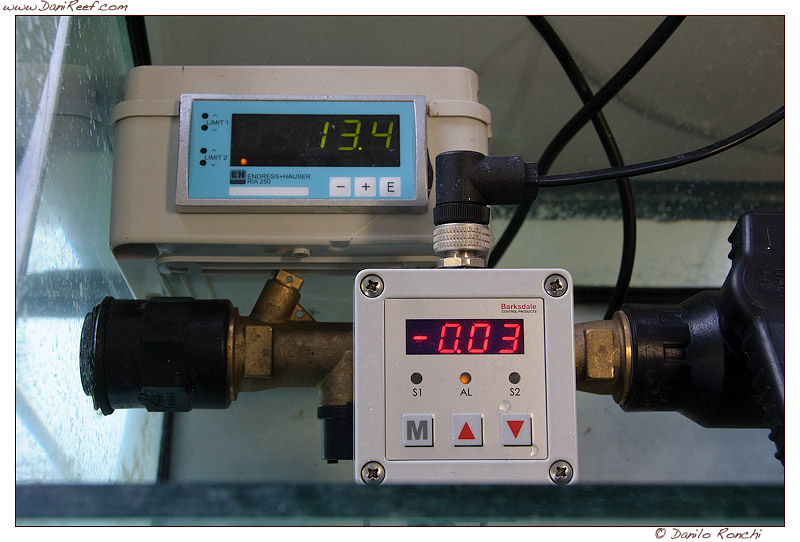 | 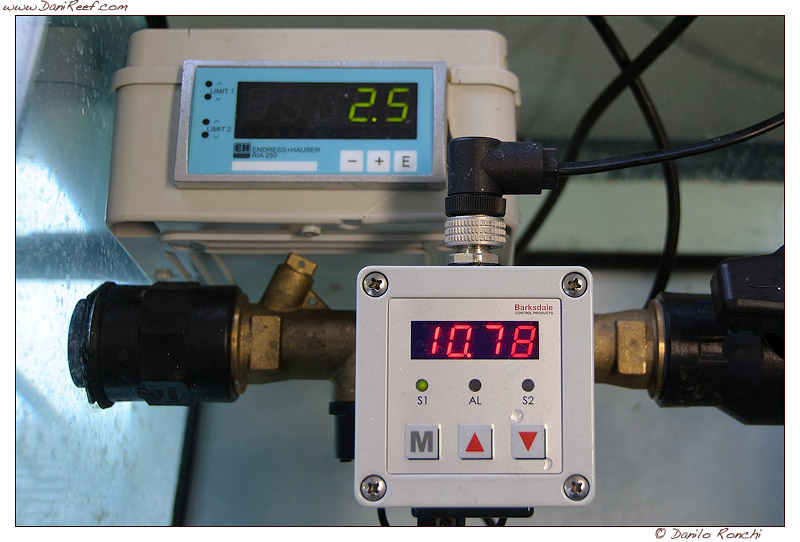 |
| Measured delivery head: 122 cm (declared 120 cm) | Measured output: 647 l/h (declared 700) with 13 cm of delivery head |
note: the measured delivery head has to be lowered by 12 cm which is the value read by the system when pump is off.
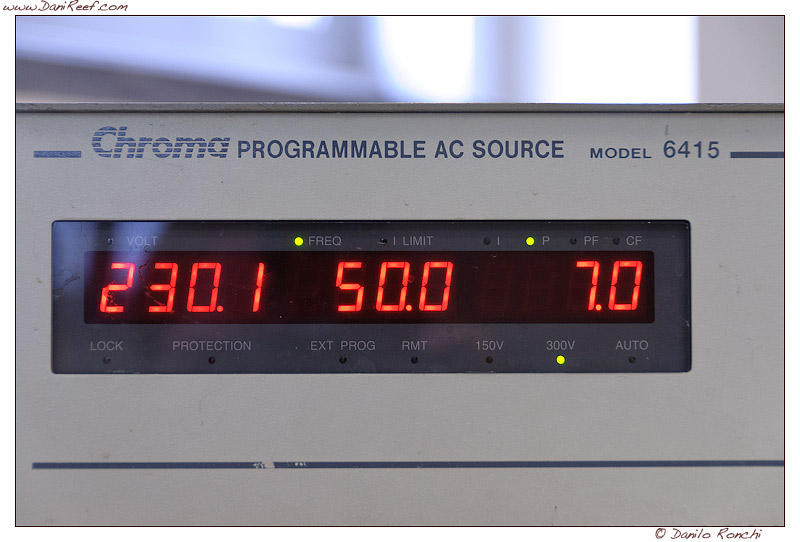 |  | 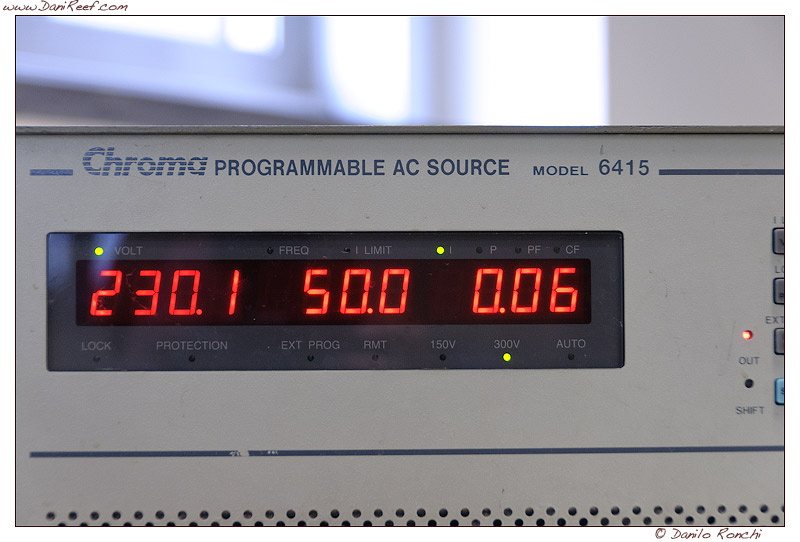 |
| Power Consumption at maximum delivery head: 7,0 watt (declared 8 watt) | Power Factor: 0,521 | Absorbed current: 0,06 A |
sicce Syncra Silent 1.0
here with all the pieces that compose it
The technical characteristics of which are:
- Pump Output: 950 l/h
- Delivery Head: 1,5 m
- Power Consumption: 16 w
- Dimensions: 90x48x72 mm
Certainly it is not definitely suitable for use as a return pump in any aquarium given the low delivery head, but it’s worth a test, also to compare it with all other small pumps.
Our test began literally in my garage, where we tested all pumps we have received, not only this, in a single session.
Delivery Head Test
The first test we did was to measure the delivery head. The test is very simple to accomplish. We dropped the pump into a bucket full of water, we connected the pump to a garden hose plastic held vertically, and we measured the height reached by the water column from the ground. We then removed the height of water in the bucket, given that the delivery head is the distance between the two levels of water.
Let me point out that, contrary to what one might think, the level in the pipe was not fixed, but fluctuated noticeably.
So for sicce Syncra Silent 1.0 we read 188 cm – 23 cm = measured delivery head 165 cm (150 cm declared)
Pump Output Test
Measure the pump output is however very complex and the result was only approximate but still useful for comparing similar pumps. Placing in fact a pump in a container, its output was affected too much from the prevalence present in the bucket itself, and thus the decreasing the water in the container fell also the output. In any case, we measured the time it took each pump to fill a 8 liter tank, and run 3 measures was averaged, and then we divided the time obtained by 8 liters, resulting in a capacity not perfect, but significant, especially for the comparison.
To fill the tank up to 8 liters to sicce Syncra Silent 1.0 took an average of 39 seconds.
The output with this simple calculation reported a flow rate equal to 737 l/h (against the 950 declared). As mentioned in the introduction, this number is misleading because the test was conducted in an unscientific manner, but we will measure everything with a calibrated instrument, as we report later in the article.
In fact, we have seen how, in this particular test condition, the smaller pumps have recorded the best performance, and vice versa, this is probably due to the increased incidence of prevalence with less powerful pumps.
Test of Power Consumption
During the test of delivery head we also measured the power consumption with current clamp, but as it was also impossible to measure the power factor, the offset between the real and apparent power, the result is only and exclusively as a curiosity.
Consumption at maximum delivery head: 0.113 amps or 25 watts versus 16 watts declared.
At this point we wondered if we could do more, and for this we came to meet the sicce, thanks to Federico Carraro, has made available all its instruments of measurement.
We should note however that all the measurements made in sicce were performed with a supply current at 230V as standard of measurement in Europe, so keep in mind when you read the results.
 | 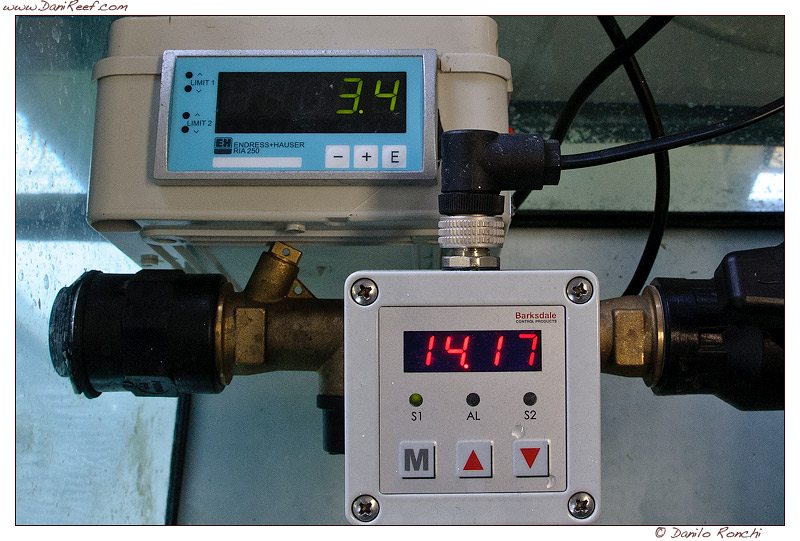 |
| Measured delivery head: 161 cm (declared 150 cm) | Measured output: 850 l/h (declared 950) with 22 cm of delivery head |
note: the measured delivery head has to be lowered by 12 cm which is the value read by the system when pump is off.
 | 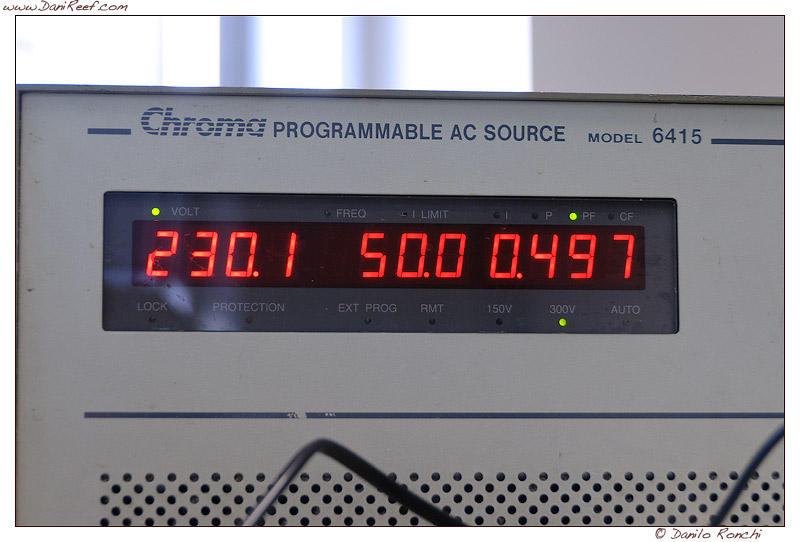 | 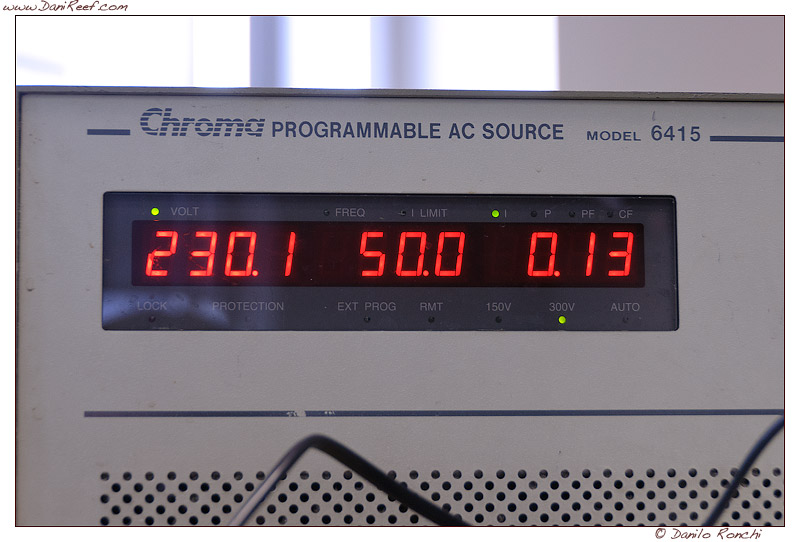 |
| Power Consumption at maximum delivery head: 14,8 watt (declared 16 watt) | Power Factor: 0,497 | Absorbed current: 0,13 A |
sicce Syncra Silent 1.5
here with all the pieces that compose it
The technical characteristics of which are:
- Pump Output: 1.350 l/h
- Delivery Head: 1,8 m
- Power Consumption: 23 w
- Dimensions: 103x60x78 mm
Certainly it is not definitely suitable for use as a return pump in any aquarium given the low delivery head, but it’s worth a test, also to compare it with all other small pumps.
Our test began literally in my garage, where we tested all pumps we have received, not only this, in a single session.
Delivery Head Test
The first test we did was to measure the delivery head. The test is very simple to accomplish. We dropped the pump into a bucket full of water, we connected the pump to a garden hose plastic held vertically, and we measured the height reached by the water column from the ground. We then removed the height of water in the bucket, given that the delivery head is the distance between the two levels of water.
Let me point out that, contrary to what one might think, the level in the pipe was not fixed, but fluctuated noticeably.
So for sicce Syncra Silent 1.5 we read 192,5 cm – 22,5 cm = measured delivery head 170 cm (180 cm declared)
Pump Output Test
Measure the pump output is however very complex and the result was only approximate but still useful for comparing similar pumps. Placing in fact a pump in a container, its output was affected too much from the prevalence present in the bucket itself, and thus the decreasing the water in the container fell also the output. In any case, we measured the time it took each pump to fill a 12 liter tank, and run 3 measures was averaged, and then we divided the time obtained by 12 liters, resulting in a capacity not perfect, but significant, especially for the comparison.
To fill the tank up to 12 liters to sicce Syncra Silent 1.5 took an average of 46 seconds.
The output with this simple calculation reported a flow rate equal to 937 l/h (against the 1.350 declared). As mentioned in the introduction, this number is misleading because the test was conducted in an unscientific manner, but we will measure everything with a calibrated instrument, as we report later in the article.
In fact, we have seen how, in this particular test condition, the smaller pumps have recorded the best performance, and vice versa, this is probably due to the increased incidence of prevalence with less powerful pumps.
Test of Power Consumption
During the test of delivery head we also measured the power consumption with current clamp, but as it was also impossible to measure the power factor, the offset between the real and apparent power, the result is only and exclusively as a curiosity.
Consumption at maximum delivery head: 0.139 amps or 31 watts versus 23 watts declared.
At this point we wondered if we could do more, and for this we came to meet the sicce, thanks to Federico Carraro, has made available all its instruments of measurement.
We should note however that all the measurements made in sicce were performed with a supply current at 230V as standard of measurement in Europe, so keep in mind when you read the results.
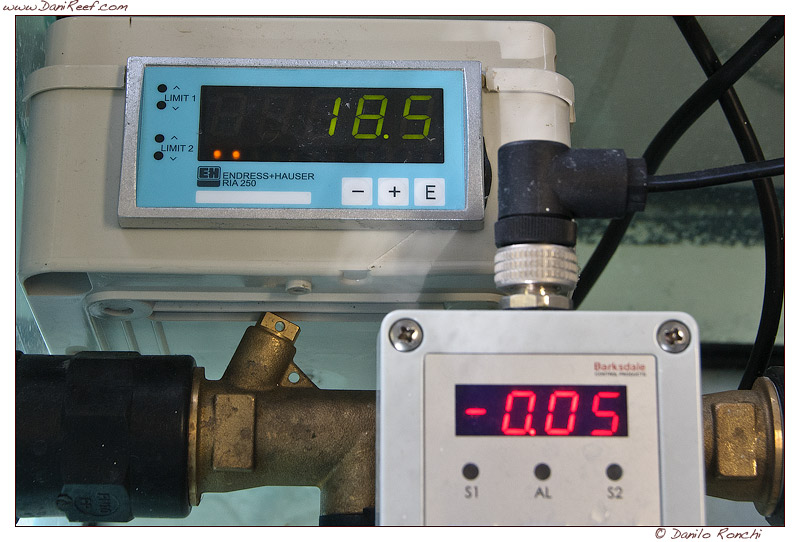 | 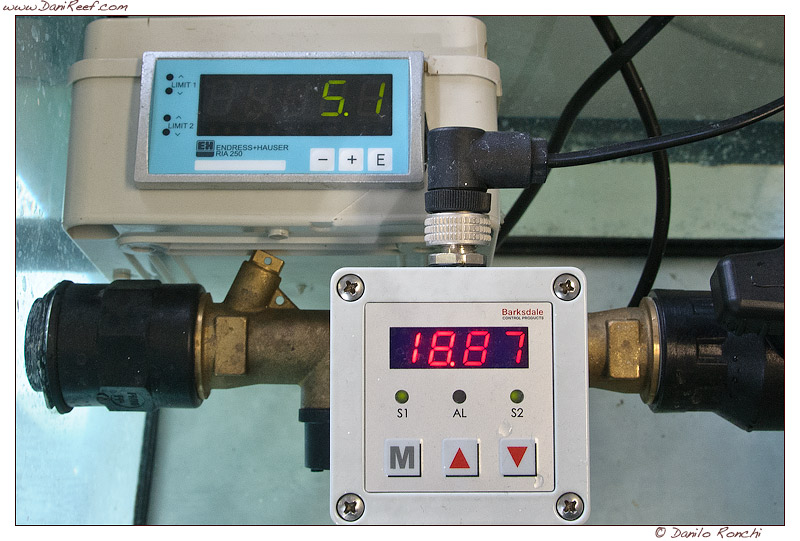 |
| Measured delivery head: 173 cm (declared 180 cm) | Measured output: 1.132 l/h (declared 1.350) with 39 cm of delivery head |
note: the measured delivery head has to be lowered by 12 cm which is the value read by the system when pump is off.
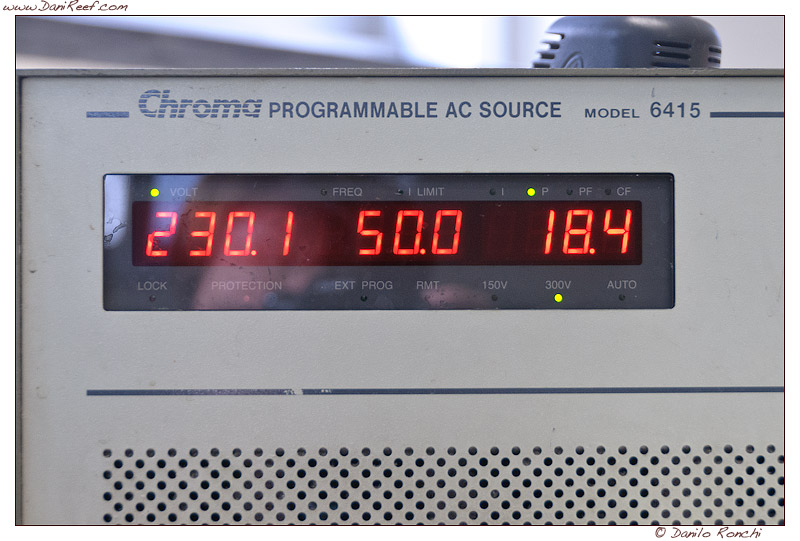 | 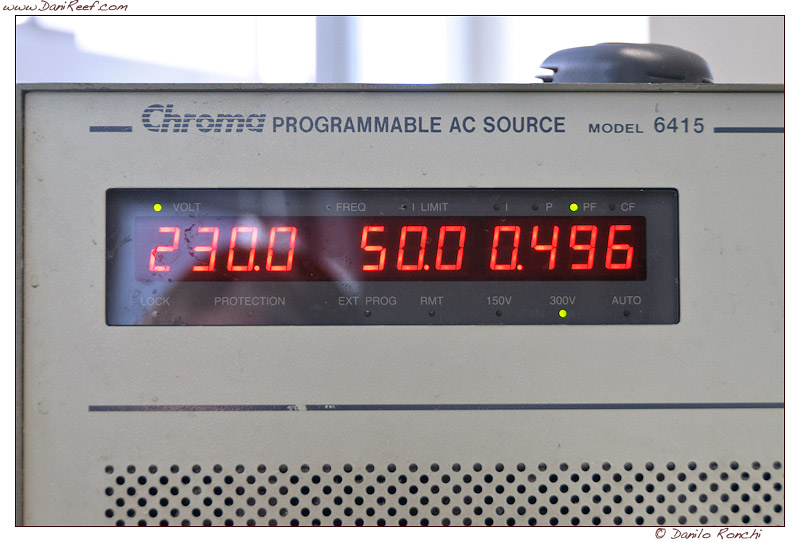 |  |
| Power Consumption at maximum delivery head: 18,4 watt (declared 23 watt) | Power Factor: 0,496 | Absorbed current: 0,16 A |
And finally here is the summary data of smallest sicce pumps:
Delivery Head
| pump | delivery head | garage test | laboratory test | average | deviation |
| sicce Syncra Silent 0.5 | 120 | 120 | 122 | 121 | 101% |
| sicce Syncra Silent 1.0 | 150 | 165 | 161 | 163 | 109% |
| sicce Syncra Silent 1.5 | 180 | 170 | 171 | 171 | 95% |
The measure of delivery head has given us very positive values for the sicce pumps, with the 1.0 muche better than declared values… almost 10%.
Output
| pump | declared output | laboratory test | deviation |
| sicce Syncra Silent 0.5 | 700 | 647 | 92% |
| sicce Syncra Silent 1.0 | 950 | 850 | 89% |
| sicce Syncra Silent 1.5 | 1350 | 1132 | 84% |
The output rate has given us very little less positive values for the sicce pumps, since all pumps have lowered values from declared. But we have to point that we have tested all pumps with all their protections like they’re in the first picture, if we take out the protections, we have better values.
Power Consumption
| pump | declared power consumption | laboratory test | deviation | Annual cost (0,26€/kwh) |
| sicce Syncra Silent 0.5 | 8 | 7 | 87% | 15,94 € |
| sicce Syncra Silent 1.0 | 16 | 14,8 | 92% | 33,71 € |
| sicce Syncra Silent 1.5 | 23 | 18,4 | 80% | 41,91 € |
The measure of consumption has been extremely positive, since all the pumps tested exhibited a lower power consumption to the data declared, with the 1.5 the uses 20% less power than declared.
Correspondence with declared data
Finally, just as a comparison, we give a matching value compared to data reported by the various pumps
| pump | delivery head | output | Power consumption | Average |
| sicce Syncra Silent 0.5 | 101% | 92% | 87% | 102% |
| sicce Syncra Silent 1.0 | 109% | 89% | 92% | 102% |
| sicce Syncra Silent 1.5 | 95% | 84% | 80% | 100% |
We can therefore say that all three sicce pumps are suited to the data declared, with the two smallest, the 0.5 and 1.0 which won the scepter of the pump closer to the data reported and the 1.5 that win for delivery head. In any case we can only promote to honors all three pumps, you can see in the next image in a compact formation.
Many thanks to sicce for providing us the three pumps subject of the test, and for the provision of the laboratory where the tests were performed.



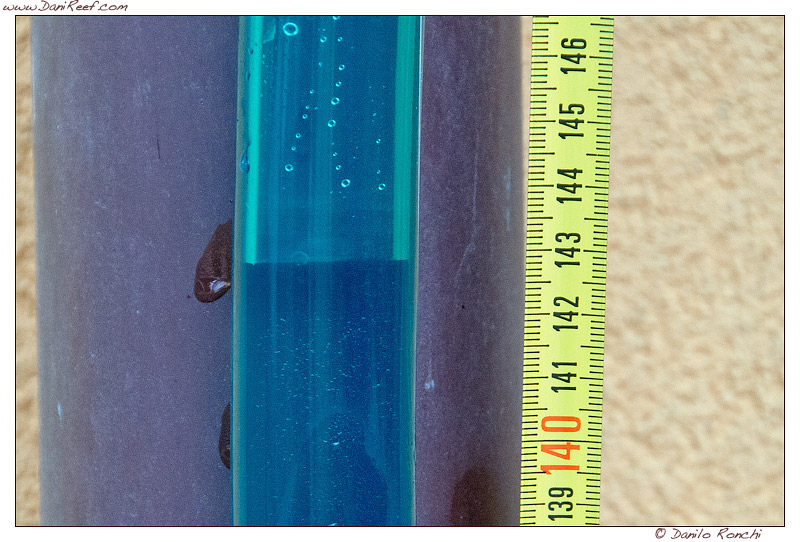
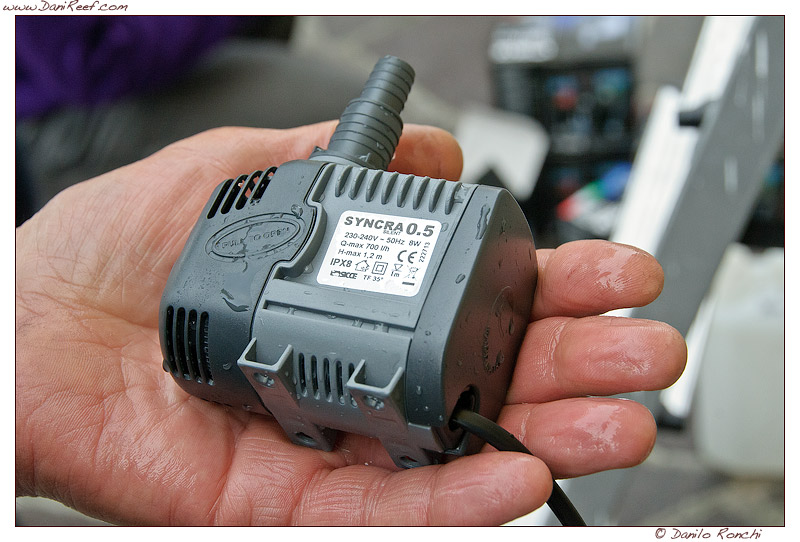
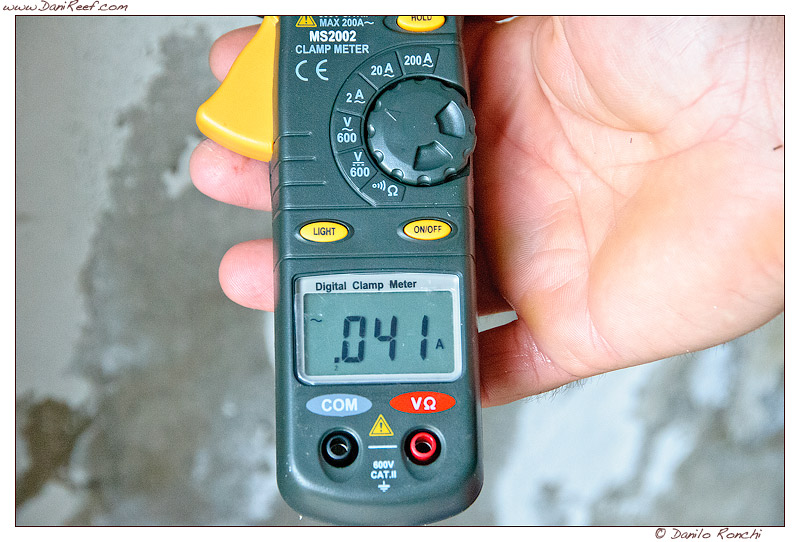
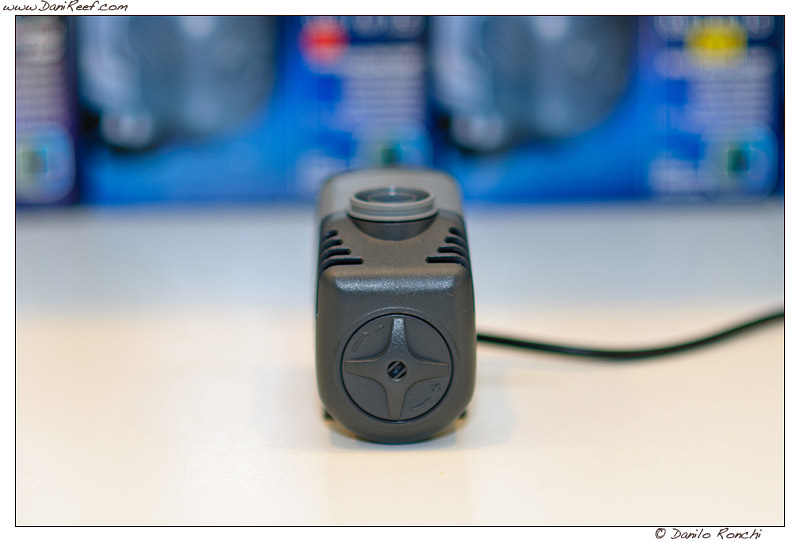
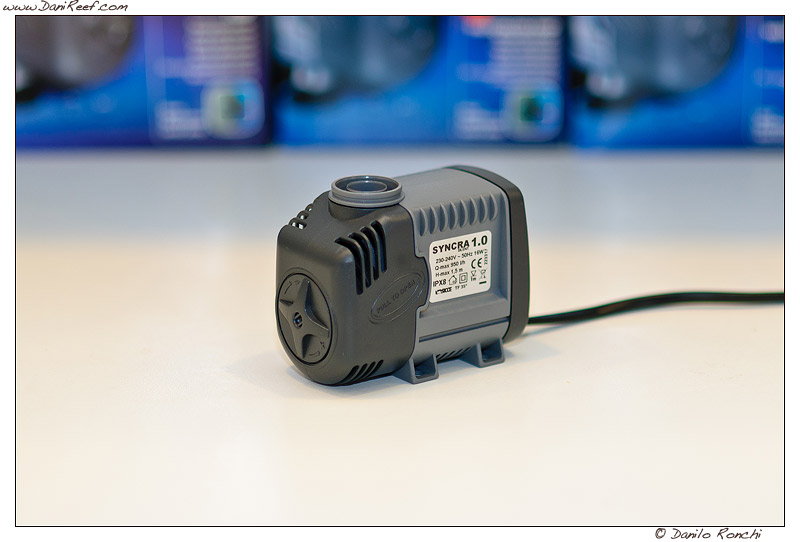

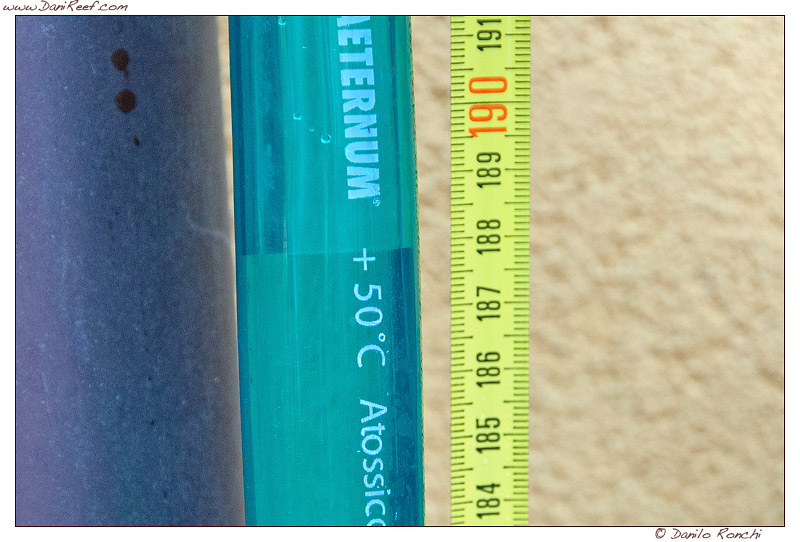
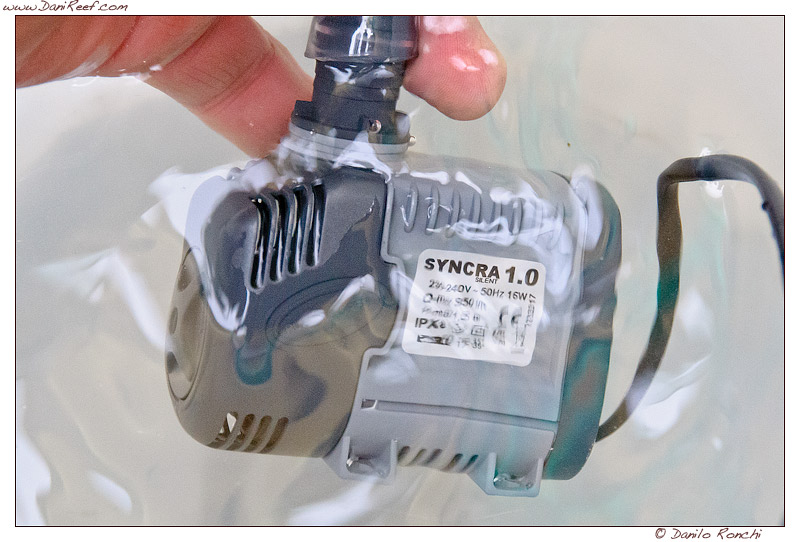
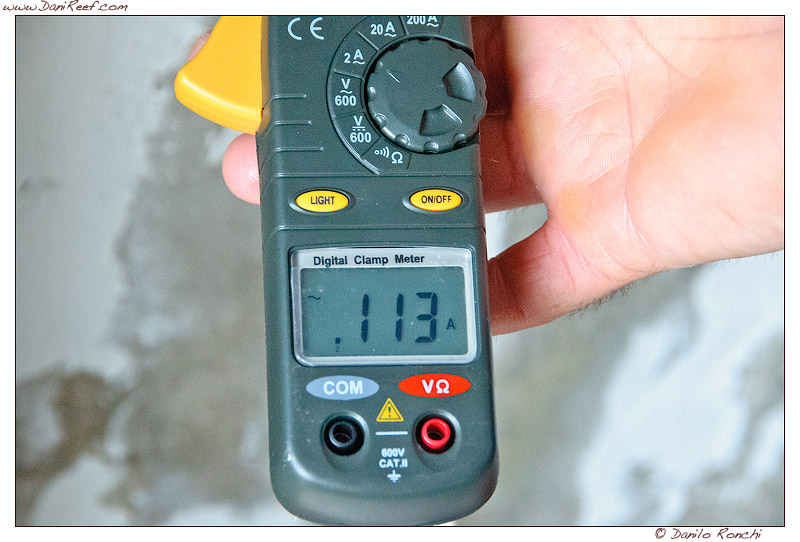
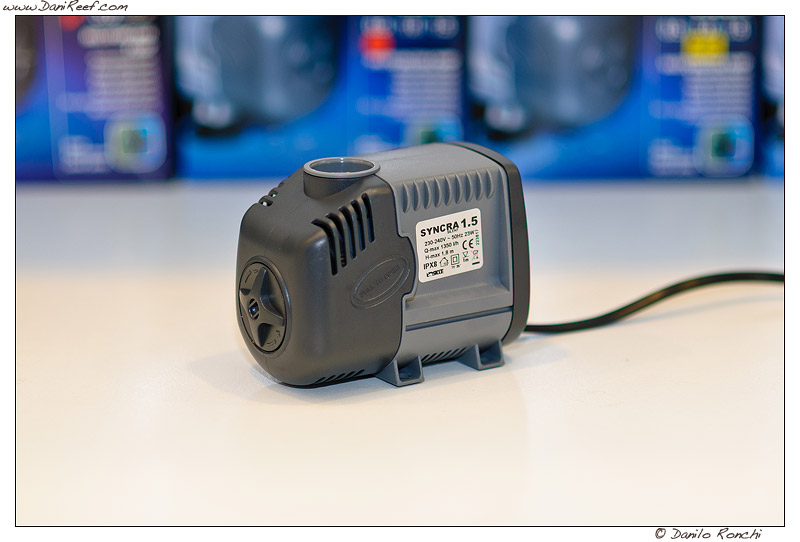
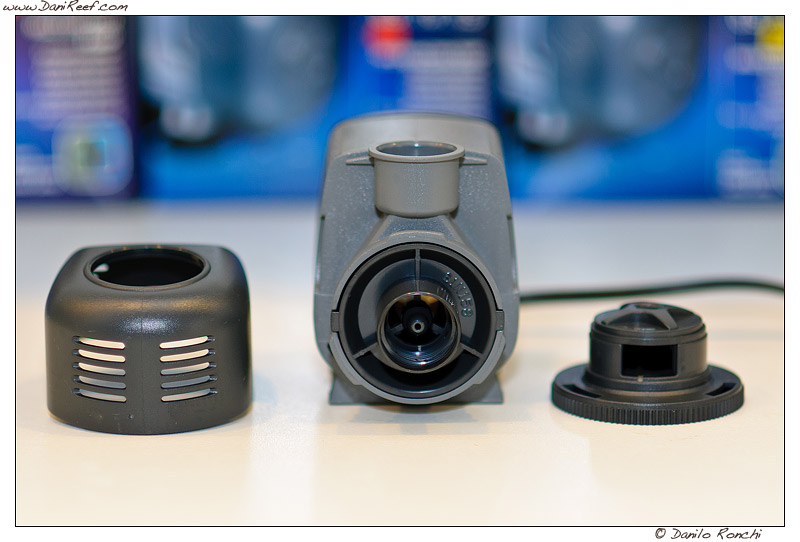
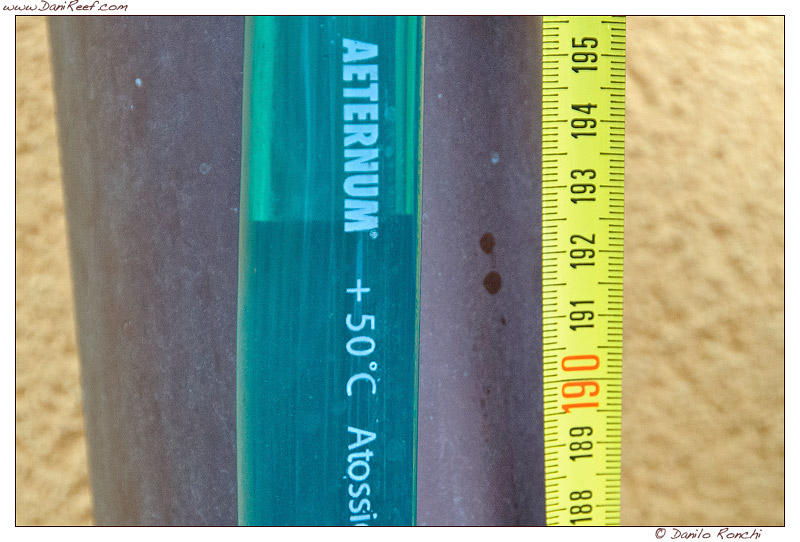
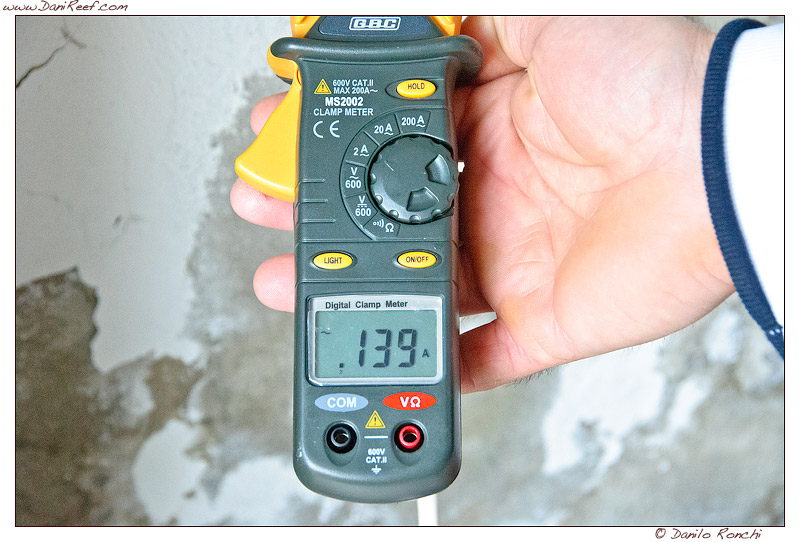
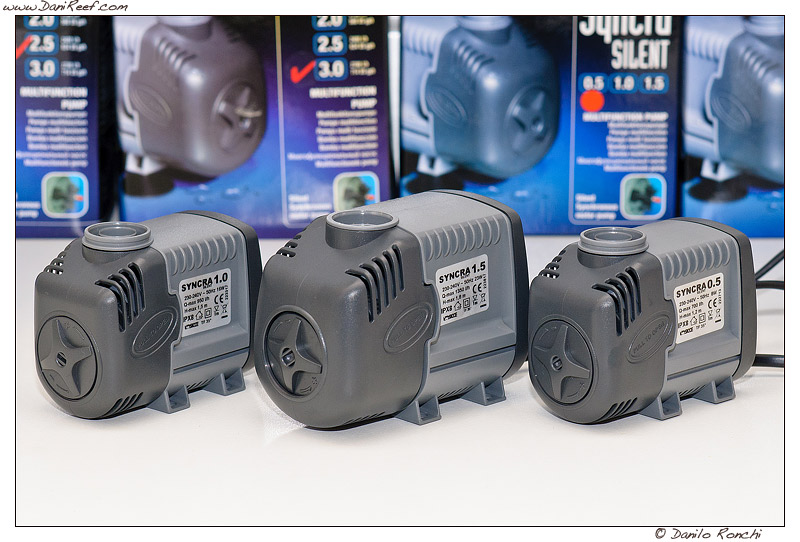








0 Comments